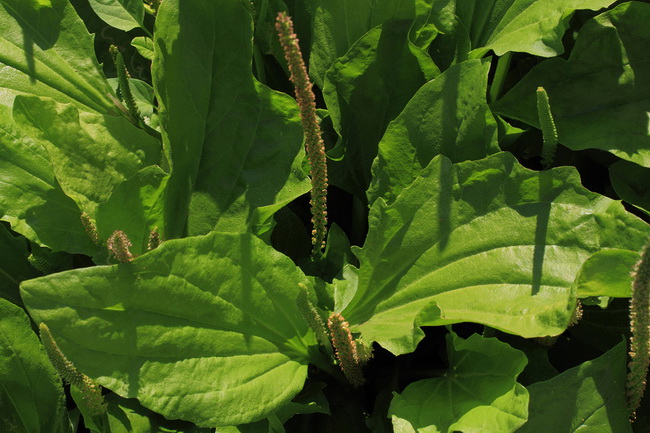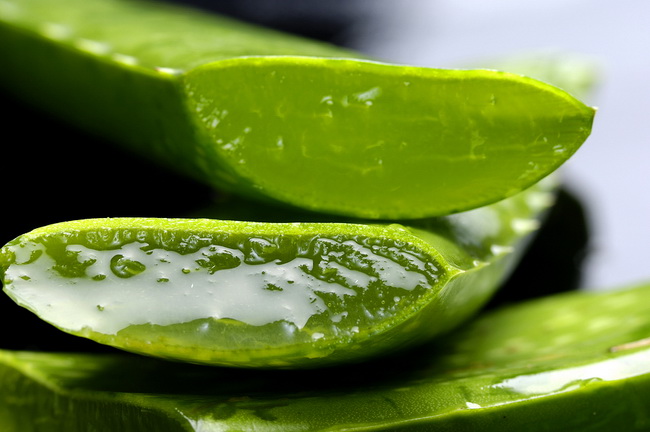- Make It Yourself Lavender Heart-Shaped Bath Bombs!
- 20 Things You Never Knew About “Down There”
- 12 Best Foods For Those Suffering From Arthritis Pain
- 12 Personal Hygiene Mistakes Almost Everyone Makes (Mom Never Told You About #4!)
- 15 Medicinal Plants And Herbs From The Cherokee People
- 12 Mind-Blowing Benefits Of Drinking Coconut Water During Pregnancy
- 12 Outstanding Winter Foods That Won’t Fatten You Up Like A Christmas Turkey
Natural Plant Bandages are Antibacterial and Better than Store Bought

Photo credit: bigstock.com
Many people don’t realize that Mother Nature provided us with common herbs, fruits, and plants that have their own antibacterial compounds to fight bacteria and other pathogens. Did you think that man created antibiotics? We may have perfected a few, but the original antibiotics come from Mother Nature.
Crushing herbs or plants into a liquid or using them to make a natural salve is the best option. In fact, you can even grow many of these herbs and plants in your own garden. This is a great idea when you consider all of the uncertainties facing our world today. If you grow a vegetable garden to store food and/or as a steady supply of safe food, then you already understand the purpose behind growing some of your own herbs and other plants to make your own antibiotics and antibacterial bandages and salves.
Not every plant grows in all areas, but chances are good that a few of these will either grow in your locale, or you will be able to grow them in a greenhouse or a sheltered garage arranged with UV lights.
It’s true that when most people get a small cut or burn, they just whip out that box of plastic bandages and never give it a second thought. Unfortunately, many of the bandages people are buying today are made in China. As you probably are already aware, most products from China…well…they are questionable at best. They simply don’t have the same safety standards that we have in America and other developed countries. Their food and drug safety record really leaves something to be desired.
Continue to Page 2

Photo credit: bigstock.com
The top plants that can be used for their anti-bacterial or antibiotic properties are:
- Aloe vera
- Thyme
- Tarragon
- Basil
- Horseradish root
- Blueberry
- Marsh Woundwort
- Woolly Lamb’s Ear
In particular, woolly lamb’s ear has been used for hundreds of years as a natural dressing or bandage. Even on the battlefield, these soft, fuzzy leaves help blood to clot more quickly and they absorb amazingly well. These leaves make super bandages as they contain anti-inflammatory, antiseptic, and antibacterial compounds.
You can get seeds or seedlings at almost any home and garden store. Woolly lamb’s ear plants enjoy partial sun, so they are great in areas of your yard or garden that don’t’ get a great deal of sun, which many vegetables prefer.
Marsh woundwort, as the name itself implies, is another great choice for bandages. It’s a member of the mint family and is also related to woolly lamb’s ear. Marsh woundwort has many of the same healing properties that lamb’s ear has and can be used much the same way. This plant is sometimes called Clown’s woundwort (stachys palustris) but it is also easily found in many garden centers.
When using these plants as bandages, you can also help speed up the healing process and give some extra antibacterial power to your dressing by placing a drop of raw, organic honey, Manuka honey, or a drop of the clear aloe vera gel on the wound before covering it with your natural bandage.
As we find ourselves becoming more self-sufficient, learning in advance how to grow and use medicinal plants is a skill more people should consider learning.
References:
































